Jamaican traditional attire is a captivating amalgamation of diverse cultural influences, each strand woven into a unique tapestry that tells the story of the island’s rich heritage. This sartorial legacy can be traced back to the 18th century when the ensemble was commonly donned by working-class women in Britain. However, over time, it evolved into a symbolic and ceremonial expression of Jamaican identity.
The roots of this iconic fashion are deeply intertwined with the nation’s colonial past. As the British established their presence on the island, they brought with them their sartorial traditions, which mingled with the indigenous Arawak and Taino cultures. This fusion was further enriched by the arrival of African slaves in the 1500s, whose vibrant aesthetic sensibilities left an indelible mark on the island’s fashion landscape.
The Quintessential Jamaican Ensemble: A Kaleidoscope of Color and Pattern
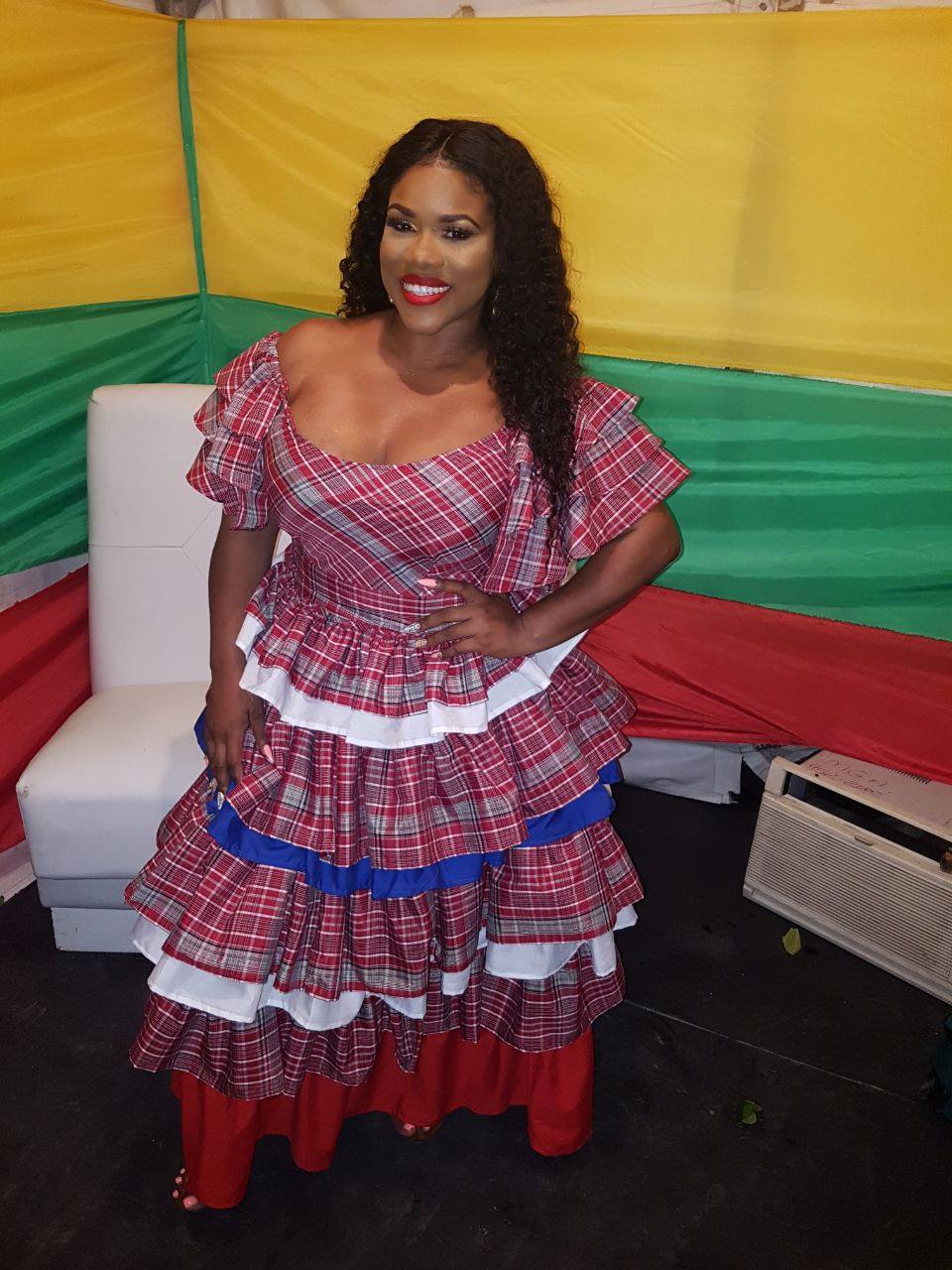 At the heart of the Jamaican traditional costume lies the iconic bandana cloth, a fabric that has become synonymous with the island’s cultural identity. This predominantly red fabric, interwoven with strands of white and blue, creates a distinctive plaid pattern that is both eye-catching and steeped in symbolism.
At the heart of the Jamaican traditional costume lies the iconic bandana cloth, a fabric that has become synonymous with the island’s cultural identity. This predominantly red fabric, interwoven with strands of white and blue, creates a distinctive plaid pattern that is both eye-catching and steeped in symbolism.
The ensemble itself is a celebration of vivid hues and intricate patterns. Women traditionally adorned themselves in fully-flared skirts crafted from the bandana cloth, which were often paired with a fitted bodice adorned with short, puffy sleeves. The ensemble was completed with a white cotton petticoat, trimmed with delicate lace or frills, and a matching bandana-edged blouse.
The Evolution: Adapting to Modern Times
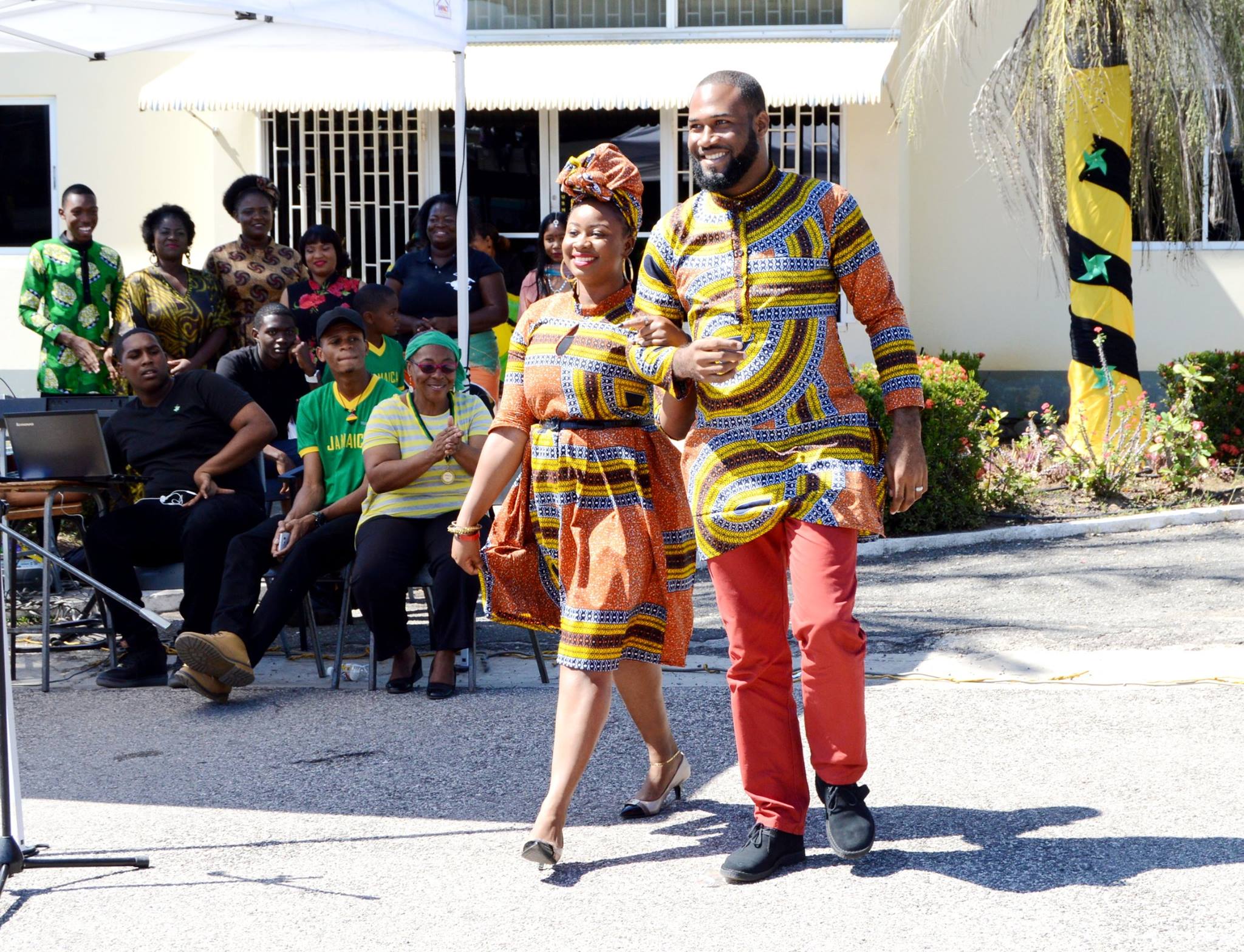 While the traditional Jamaican costume has remained faithful to its roots, it has also undergone subtle transformations to adapt to contemporary lifestyles. Many women today opt for polyester-cotton blends, which offer a practical alternative to the traditional cotton fabrics while retaining the iconic patterns and vibrant colors.
While the traditional Jamaican costume has remained faithful to its roots, it has also undergone subtle transformations to adapt to contemporary lifestyles. Many women today opt for polyester-cotton blends, which offer a practical alternative to the traditional cotton fabrics while retaining the iconic patterns and vibrant colors.
Moreover, the traditional head tie, a nod to the island’s African heritage, has evolved to incorporate various styles and techniques. The number of peaks at the back of the head tie once signified a woman’s marital status among the enslaved population, but today, it serves as a fashion statement and a testament to the enduring cultural legacy.
The Masculine Counterpart: Simplicity and Functionality
While the women’s traditional attire is a riot of color and intricate detailing, the men’s ensemble is a study in understated elegance and practicality. Loose white pants, often rolled up to the knees to facilitate movement, were paired with plain, short-sleeved shirts or long-sleeved garments with the sleeves rolled up.
A leather belt or a simple rope cinched the trousers at the waist, while wide-brimmed straw hats, woven from dried Silver Palm leaves, provided much-needed protection from the Caribbean sun. For special occasions, men would don a black jacket or light coat, and a headdress would complete the ensemble, adding a touch of ceremonial flair.
The Influence of Climate: Breathability and Comfort
Jamaica’s tropical climate played a pivotal role in shaping the island’s traditional clothing. With its warm and humid conditions, the emphasis was on creating garments that prioritized breathability and comfort. Lightweight fabrics like cotton, calico, and burlap were favored, allowing the body to remain cool and comfortable throughout the day.
Moreover, the traditional footwear, known as “wompers,” evolved from humble beginnings. Initially crafted from grass and leaves, these shoes were later fashioned from materials that washed ashore, showcasing the ingenuity of the Jamaican people in adapting to their environment.
Modesty and Propriety: A Delicate Balance
While comfort and breathability were paramount in the design of traditional Jamaican clothing, modesty and propriety were also carefully considered. Despite the island’s warm climate, the influence of British rule instilled a sense of decorum that manifested in the garments’ modest silhouettes.
Women’s skirts and dresses were typically ankle- or calf-length, concealing the legs, while blouses featured high-cut collars and loose, relaxed fits to avoid revealing too much skin. Men’s trousers were similarly designed to cover the legs, and shirts were long enough to be rolled up without compromising modesty.
Festive Attire
For special occasions and celebrations, the Jamaican traditional costume took on an even more vibrant and festive character. Men would don crisp white trousers and pale shirts, often adorned with the iconic red and white plaid pattern. A black coat or jacket and a straw hat completed the ensemble, lending an air of formality to the occasion.
Women, on the other hand, would grace the festivities in the iconic “bandana skirt” or “quadrille dress.” These long, wide skirts, paired with ruffled blouses and colorful headbands, were a visual feast of patterns and hues, with the traditional plaid design taking center stage.
The Influence of Spanish and British Colonization
Jamaica’s traditional clothing bears the indelible imprint of the island’s colonial past, with Spanish and British influences shaping its aesthetic. The Spanish were the first to establish a presence on the island, and their sartorial sensibilities can be seen in the use of lightweight fabrics and loose, flowing silhouettes.
However, it was the British who left a lasting mark on Jamaican fashion. The modest cuts, high collars, and emphasis on propriety can be traced back to the island’s time as a British colony. This fusion of influences created a unique sartorial language that celebrated both practicality and cultural expression.
The Influence of African and Asian Cultures
Beyond the colonial influences, Jamaican traditional clothing also reflects the rich tapestry of African and Asian cultures that have woven themselves into the island’s fabric. The vibrant colors, intricate patterns, and the use of head ties and bandanas all bear the unmistakable imprint of African aesthetics.
Similarly, the influence of Asian cultures can be seen in the use of bandana cloth, which originated in the Madras region of India and was known as “Madras bandana.” The word “bandana” itself is derived from the Sanskrit word “bandhna,” meaning “to tie,” a testament to the global influences that have shaped Jamaican fashion.
The Rastafarian Influence: A Spiritual Expression
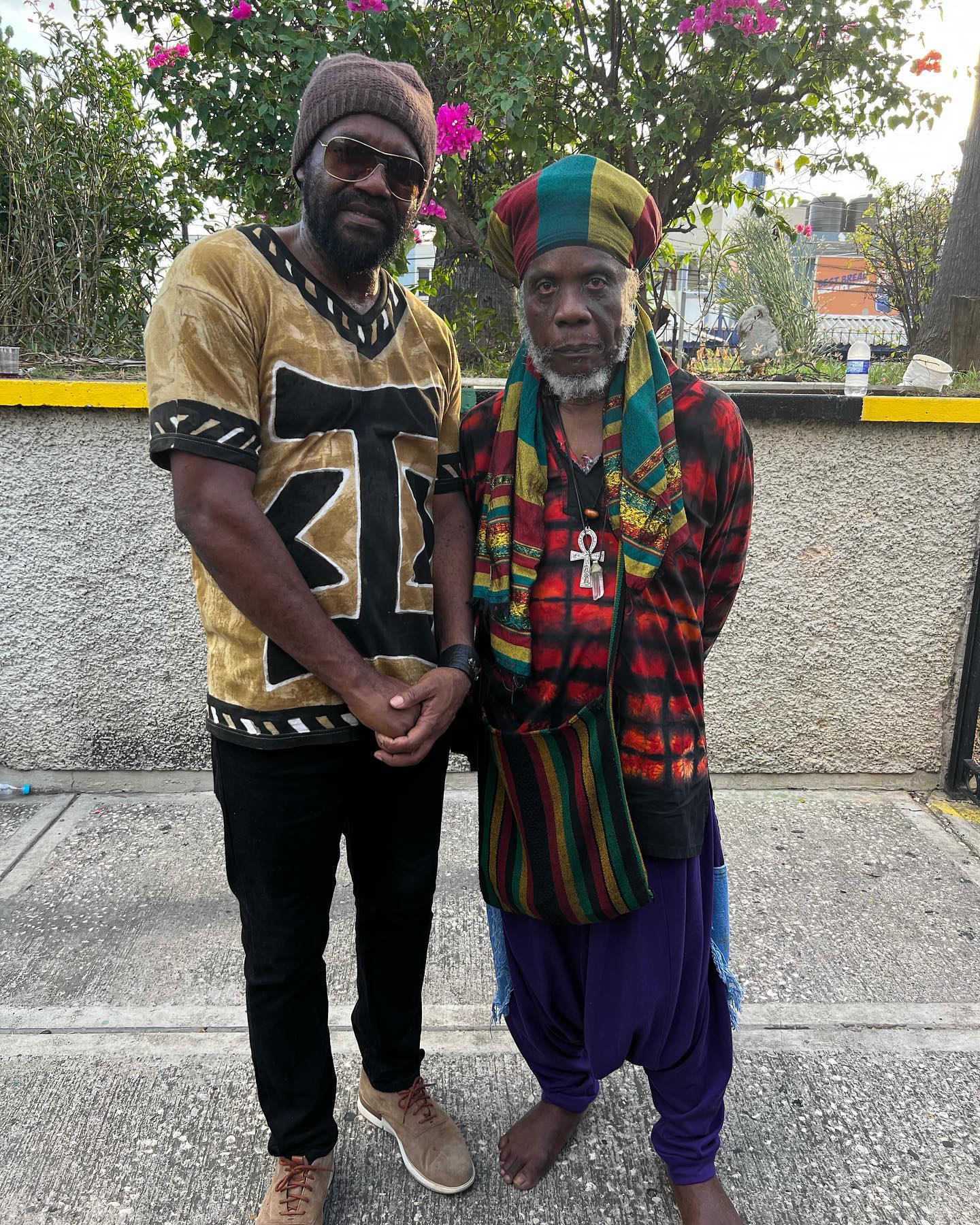 No discussion of Jamaican traditional clothing would be complete without acknowledging the profound influence of the Rastafarian movement. This spiritual and cultural movement, which emerged in the 1930s, has left an indelible mark on the island’s fashion and identity.
No discussion of Jamaican traditional clothing would be complete without acknowledging the profound influence of the Rastafarian movement. This spiritual and cultural movement, which emerged in the 1930s, has left an indelible mark on the island’s fashion and identity.
The Rastafarian aesthetic embraces natural materials, earth tones, and a celebration of African heritage. This can be seen in the use of vibrant colors, intricate patterns, and the iconic dreadlocks or tightly braided hairstyles that have become synonymous with the movement.
The Contemporary Renaissance: Blending Tradition and Modernity
In recent years, Jamaican traditional clothing has experienced a renaissance, as designers and fashion enthusiasts alike have sought to honor the island’s rich cultural heritage while infusing it with contemporary sensibilities. This fusion of tradition and modernity has given rise to a vibrant fashion scene that celebrates the island’s unique aesthetic while pushing the boundaries of creativity.
Contemporary Jamaican designers have embraced the iconic bandana cloth, reimagining it in bold, avant-garde silhouettes and unexpected color combinations. They have also incorporated traditional elements, such as head ties and ruffled details, into modern garments, creating a seamless blend of past and present.
The Global Influence
Jamaican traditional clothing has transcended the boundaries of the island, captivating audiences around the globe with its vibrant colors, intricate patterns, and rich cultural symbolism. From the runways of fashion capitals to the streets of urban centers, the influence of Jamaican fashion can be seen in the bold prints, vibrant hues, and relaxed silhouettes that have become synonymous with the island’s aesthetic.
This global impact is a testament to the enduring appeal of Jamaican traditional clothing and its ability to inspire and captivate audiences across cultures and generations. As the world continues to embrace the island’s unique sartorial language, it serves as a reminder of the power of fashion to transcend borders and celebrate the diversity of human expression.
For recommendations on some of the best times to visit Jamaica, you can check out our guide here.
—
If you’re traveling to Jamaica alone, ensure you take all the necessary measures to keep safe. Read about how you can stay safe while visiting Jamaica. If you decide to visit any resort, be sure to tag us in your photos and videos @resortcaribbean, and follow our socials: Instagram, Facebook, YouTube.




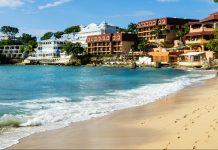
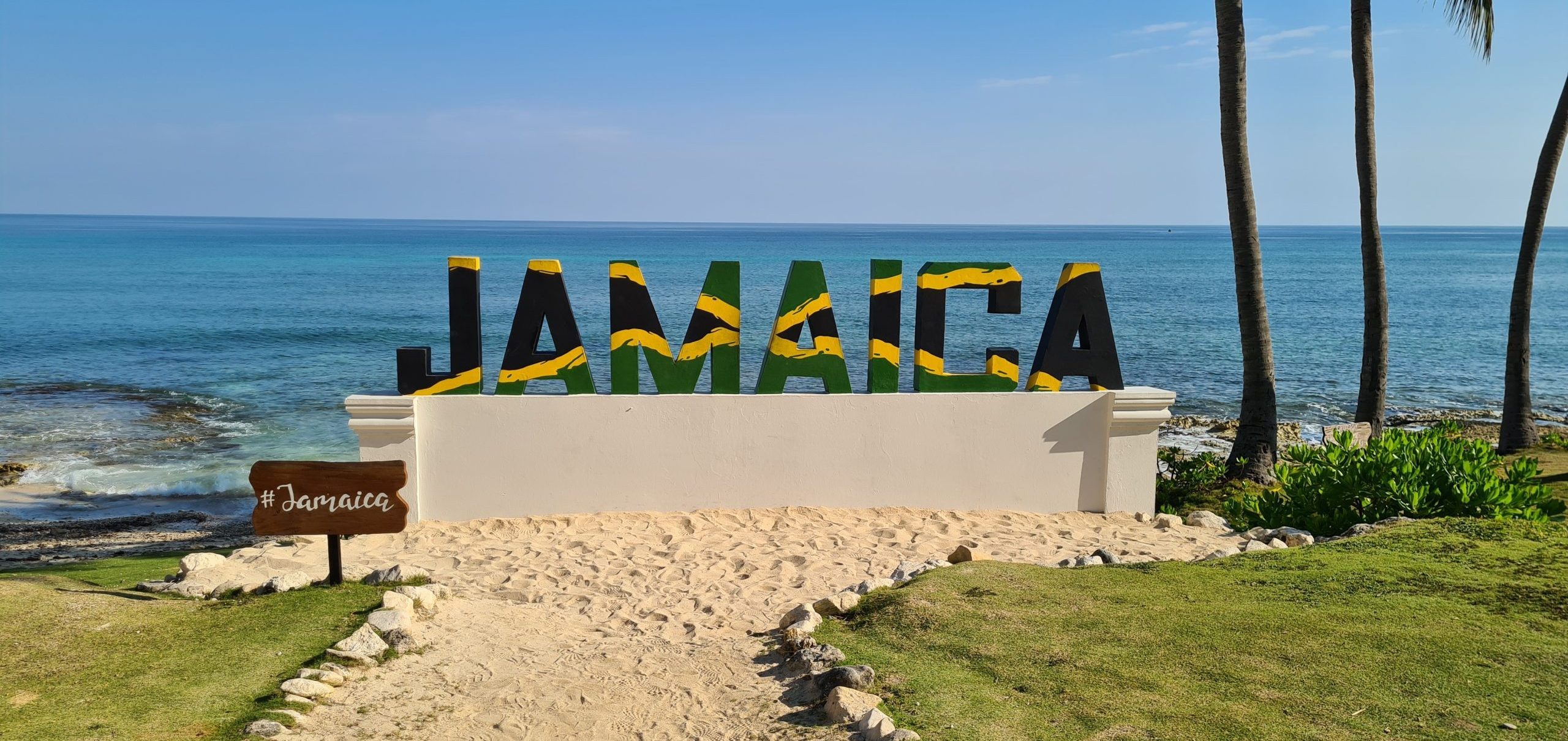
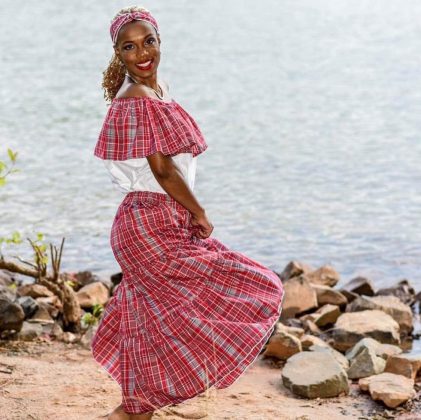
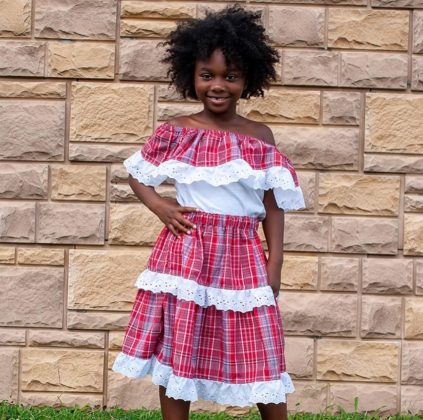
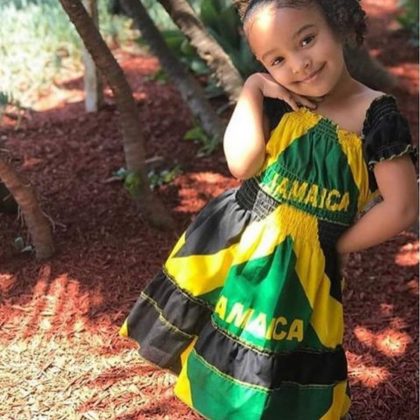

![What You Need to Know before Visiting Azul Beach Resort Negril Jamaica Gourmet All-Inclusive [Resort Review] Azul Beach Resort Pool](https://resortcaribbean.co/wp-content/uploads/2021/09/20210828_091210-2-100x70.jpg)
![Visiting Ocean Coral Spring – One of Jamaica’s Most Famous Resorts [Resort Review] Visiting Ocean Coral Spring - One of Jamaica's Most Famous Resorts](https://resortcaribbean.co/wp-content/uploads/2021/11/20211106_155809-scaled-e1716408051807-100x70.jpg)
[…] these fantastic clothing-optional resorts in the Caribbean, you can enjoy a vacation that is as natural and free as you […]